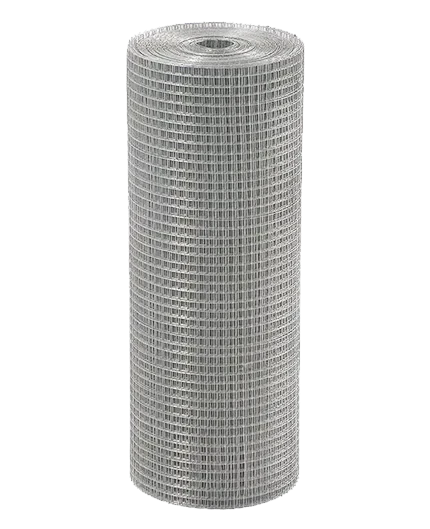Nov . 22, 2024 10:48 Back to list
china cold drawn steel bar
Understanding Cold Drawn Steel Bars in China
Cold drawn steel bars are an integral part of the modern industrial landscape, particularly in countries like China, where the steel industry plays a vital role in the economy. This article explores the characteristics, manufacturing process, applications, and market trends of cold drawn steel bars in China.
What are Cold Drawn Steel Bars?
Cold drawn steel bars are produced by passing hot-rolled steel through a series of dies at room temperature. This process not only enhances the mechanical properties of the steel, but also improves tolerance, surface finish, and overall dimensional accuracy. The result is a stronger and more uniform product compared to hot-rolled steel.
The cold drawing process involves several steps, including cleaning, drawing, and heat treatment. The steel bars are first cleaned to remove any impurities, then pulled through a die to reduce their diameter and elongate their length. This process can be repeated several times to achieve the desired dimensions. Finally, many manufacturers apply heat treatment to further improve hardness and strength.
Applications of Cold Drawn Steel Bars
The unique properties of cold drawn steel bars make them suitable for various applications across multiple industries. In China, these bars are commonly used in manufacturing precision components, including gears, shafts, bolts, and bearings. Their high strength-to-weight ratio and improved surface finish make them ideal for automotive parts and machinery, where durability and performance are paramount.
Moreover, cold drawn steel bars can be found in construction, where they serve as reinforcement in concrete structures. Their ability to withstand tension and compression makes them a reliable choice for reinforcing beams, columns, and bridges. The aerospace and defense industries also utilize cold drawn steel bars for structural applications, thereby adding to the safety and reliability of aircraft and military equipment.
china cold drawn steel bar

Market Trends
The demand for cold drawn steel bars in China has been on the rise due to several factors. The rapid industrialization and urbanization of the country have spurred growth in construction and manufacturing. As infrastructure projects proliferate, the need for high-quality steel products becomes increasingly critical. Additionally, the automotive industry is undergoing a transformation, with manufacturers requiring advanced materials for lightweight and fuel-efficient vehicles.
However, the cold drawn steel bar market is not without challenges. Fluctuations in raw material prices, particularly iron ore and scrap steel, can impact manufacturing costs. Furthermore, environmental regulations are tightening in China, which may affect production processes and increase costs. Manufacturers are thus under pressure to innovate, seeking new technologies and processes that align with sustainability goals while maintaining product quality.
Quality Standards and Certification
In order to maintain competitiveness in the global market, many Chinese manufacturers adhere to international quality standards and certifications. ISO 9001, for instance, is widely recognized and ensures that companies follow strict quality management processes. Additionally, compliance with ASTM standards is crucial for products intended for export to markets like North America and Europe.
Moreover, many manufacturers are investing in advanced technologies, such as automation and digitalization, to improve production efficiency and ensure consistent quality. These innovations enhance their ability to meet both domestic and international demand, securing their position as key players in the global steel market.
Conclusion
Cold drawn steel bars play a critical role in various industries, making them essential products within the Chinese manufacturing sector. As demand continues to grow, the steel industry must navigate challenges such as raw material pricing and regulatory pressures, all while striving for innovation and sustainability. By fostering a commitment to quality and investing in advanced technologies, Chinese manufacturers can ensure their competitiveness in the evolving global landscape of steel products. The future of cold drawn steel bars appears promising, with potential for growth driven by advancements in technology and increasing demand from key industries.
-
High-Quality Steel Grating Solutions for Industrial Applications | Durable, Safety, Customization
NewsJul.13,2025
-
Advanced Solutions-CompanyX|Enterprise Efficiency&Cost Reduction
NewsJul.13,2025
-
Sustainable Manufacturing-EcoTech Innovations|Waste-to-Energy System&Zero Emissions
NewsJul.13,2025
-
Welded Wire Mesh- Buildings Wiremesh Co., Ltd.|Durable Construction Material&Industrial Strength Solution
NewsJul.13,2025
-
Smart Production Solutions-Example Corp|AI Automation&IoT Monitoring
NewsJul.13,2025
-
Advanced Industrial Solutions-Advanced Industrial Solutions|Manufacturing Efficiency&Productivity
NewsJul.13,2025

